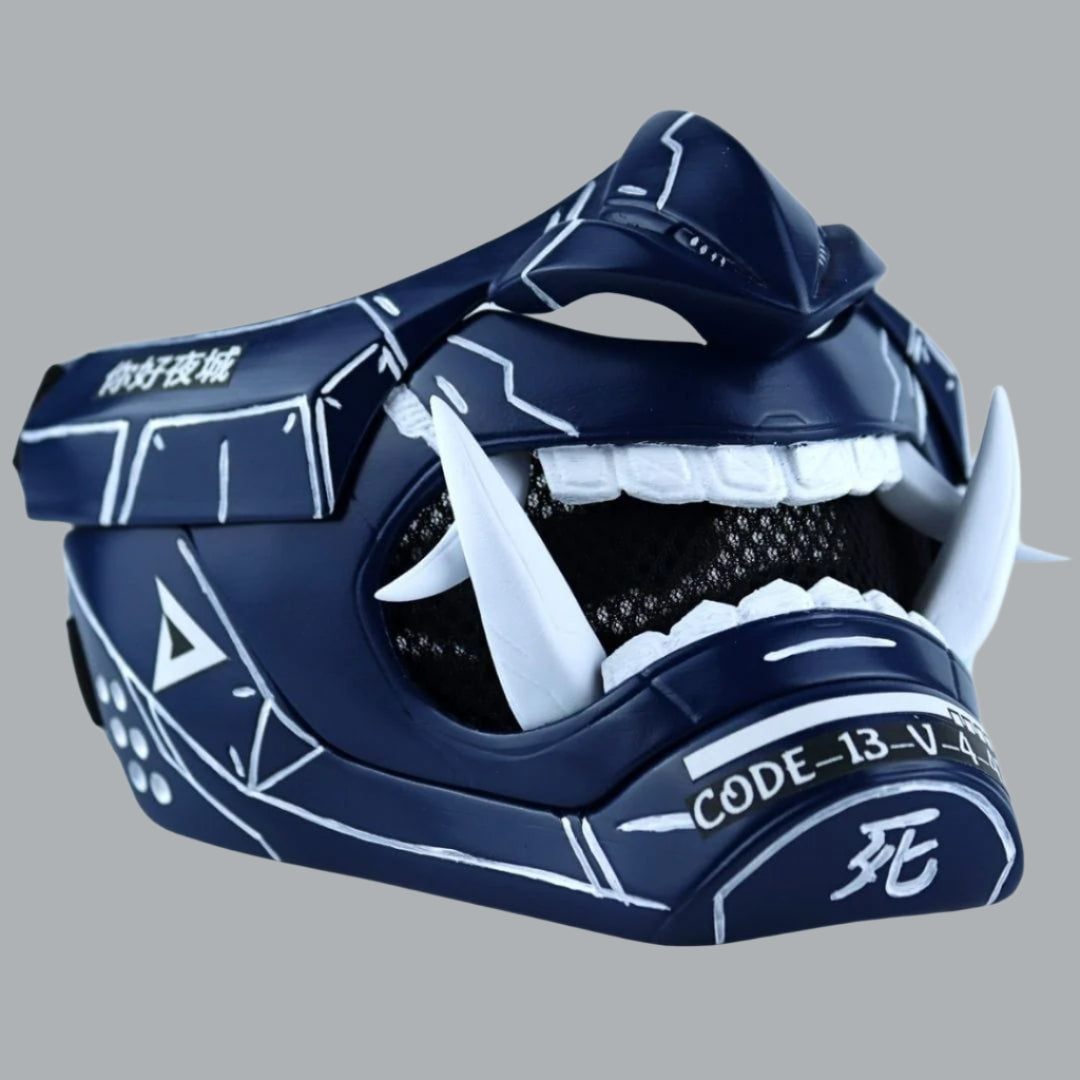
The Fascinating History and Symbolism of the Kabuto Mask
Introduction
The beauty and richness of Japanese culture are often encapsulated in various traditional artifacts, and one such intriguing item is the Kabuto mask. This intricately designed headgear has a deep-rooted history and symbolism that is worth exploring. In this blog post, we will dive into the captivating world of the Kabuto mask, uncovering its origins, significance, and the enduring appeal it holds in Japanese tradition.
Origins of the Kabuto Mask
The Kabuto mask, also known as the Samurai helmet, dates back to feudal Japan during the medieval ages. It was an indispensable protective headgear worn by samurais in battle. Combining aesthetics with functionality, the Kabuto helmet was crafted with meticulous detail and often displayed elaborate designs symbolizing the warrior's status and affiliation.

Symbolism and Design
One of the most striking aspects of the Kabuto mask is its design, showcasing the incredible artistry and craftsmanship prevalent in Japanese culture. The helmet consists of multiple components, each with its symbolic representation.
The shape of the helmet itself, resembling a fierce and intimidating insect, is said to have been inspired by the armor of beetles and the values associated with them in ancient Japanese society. The samurai warriors aimed to emulate the strength and resilience of these creatures in battle.
The crest or maedate attached to the front of the Kabuto helmet often depicted various symbols, such as animals, plants, or mythological creatures. These crests served as personal emblems, indicating the samurai's identity, lineage, or allegiance to a specific clan. A dragon crest might symbolize power and wisdom, while a cherry blossom crest could represent beauty and fleeting existence.
Roles and Significance
Beyond its practical purpose of providing protection for the samurai, the Kabuto mask held deeper symbolic meaning. It represented the samurai's identity, social status, and his duty to uphold the honor of his clan and lord. An ornate Kabuto helmet became a reflection of the warrior's character and prowess, often inspiring fear and awe in their adversaries.
Furthermore, the Kabuto mask was more than just a piece of armor; it was believed to possess spiritual significance. The samurai would pray and seek blessings from religious figures, hoping to infuse the helmet with divine protection before heading into battle.
Legacy and Influence
Though the era of samurais has long passed, the allure and legacy of the Kabuto mask live on. The helmet's distinctive design and symbolism continue to captivate modern audiences, making it a popular motif in art, literature, and even popular media. Contemporary artists and collectors seek out authentic Kabuto masks, both as collectible items and as a homage to traditional Japanese craftsmanship.
In recent years, the Kabuto mask has found new life in pop culture, appearing in movies, video games, and fashion trends. Its strong, enigmatic presence continues to resonate with people worldwide, sparking interest in the rich history and culture from which it originates.
Conclusion
The Kabuto mask stands as an emblem of Japanese heritage, encompassing the bravery, values, and traditions of ancient samurais. Through its exquisite designs and symbolic representation, it offers a glimpse into the fascinating world of feudal Japan. Whether as a remnant of history or an inspiration for modern artistic expression, the allure of the Kabuto mask endures, keeping the spirit of the samurai alive in our collective consciousness.










